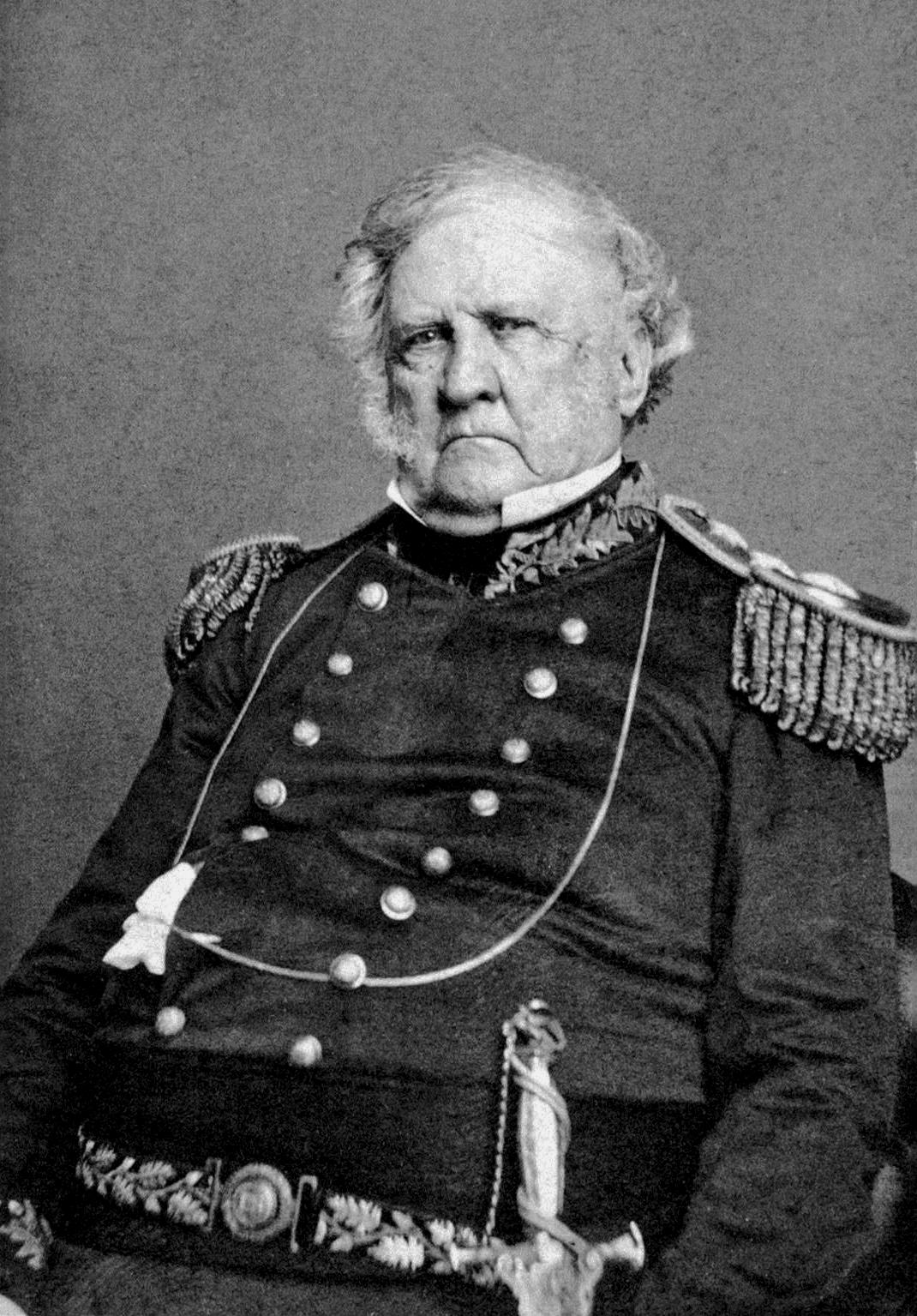(Editor's note: Second in a series)
In unprecedented numbers, Tennesseans answered the call to serve in the Mexican-American War. The then-president, Tennessee's James K. Polk, has often been described by military strategists as the first true commander-in-chief in U.S. history, an interesting assessment considering that Presidents Washington, Jackson and Harrison possessed extensive military experience before being elected to office. In reality, all three previous military officer presidents served during periods of relative peace, while Polk's presidency would include the Mexican-American War, in which he actively provided oversight in the conduct of troops during the two-year struggle and potential conflict over the Oregon Territory and our northern boundary.
Last week, we met Richard Mitchell Edwards of Bradley County, via his journal, as he moved around East Tennessee attempting to join the Tennessee Volunteers. The news from the front excited Tennesseans, encouraging a second round of enlistments. On May 18, 1846, Gen. Zachary Taylor's troops entered Matamoros, just south of the Rio Grande River, and had marched forward and captured Monterrey, Mexico. As word came that Taylor's troops had secured a decisive win at Buena Vista, his military rival, Gen. Winfield Scott, known as "Old Fuss and Feathers" to Taylor's "Old Rough and Ready," had forced the port of Vera Cruz to surrender.
In 1847, the recruitment proclamations created quite a stir. The Knoxville Tribune on Oct. 6, 1847 described the scene: "The war and its incident of volunteering gave to our city quite a martial air for several days out of this volunteering, many amusing little stories have grown ... another still, about the youth whose mother, living in the country, had just learned that 'he was out' and mounting her horse before the dawn, came to town, and meeting her son upon the street in the midst of his 'compatriots,' entreated him with sobs and wringing of hands not to 'go to the wars' ... ." The youth went back home with his mother.
Edwards' story picks up after his unit's departure from Knoxville. "Having bid farewell to Knoxville, the ropes were cast off; boat shoved off in mid-stream and away we went down the river ... The boats were prepared with two tiers of bunks on each side for sleeping with straw and blankets. Captain Vaughn's boat and Captain Reese's were lashed together ... securely fastened with ropes around the corner studding in front and rear. ... When it came to cooking, we were in a sorry plight indeed. A long box about two or three feet wide was built the entire length of the roof of each boat; it was about six inches deep and filled with earth on which to do our cooking with skillets and ovens. ... Furnished with meal, flour, bacon, sugar and coffee, with such awkward, clumsy cooking, the reader may imagine what sort of fare we had ... ."
Two days later, Edwards' journal entries depict the landscape. "But looking westward they saw the rock walls of Walden's ridge. 'What mountain is that?' says some upper county man. 'That is Walden's ridge, a part of the great Cumberland range.' 'How do people ever get over those immense perpendicular walls?' says another. 'There are gaps in the rock walls where turnpike roads are built. There is a regular stage road from Kingston, Sparta and Lebanon to Nashville.'" And then he continued later that week, "But on we went, the rain pouring and the river rising. We slept down the big Tennessee valley, passing Lye's ferry, Igon's [Igou's] and Old Dallas and Harrison in the night. We passed Chattanooga a little after day but there was no one to be seen. we did not call but passed quietly on around Cameron Hill by old Lookout, around the Moccason [Moccasin] bend, past Williams' island into the great mountain gorge. Here the men busied themselves looking at the towering mountain and beautiful cascades flowing over the rocky ledges . We struck the far-famed suck which in those days was a terror to boatmen having got out of the great swirl of the waters we were soon out of the mountains below Kelly's ferry and had plain sailing to Decatur [Alabama]."
The East Tennessee Volunteers continued down the Tennessee to the Ohio and then followed the Mississippi River to New Orleans, where they boarded ships for Vera Cruz and Camp Washington. Edwards' military service was about to take a new direction.
Linda Moss Mines, Chattanooga and Hamilton County historian, is vice chairwoman of the Medal of Honor Heritage Center and regent, Chief John Ross Chapter, NSDAR.

